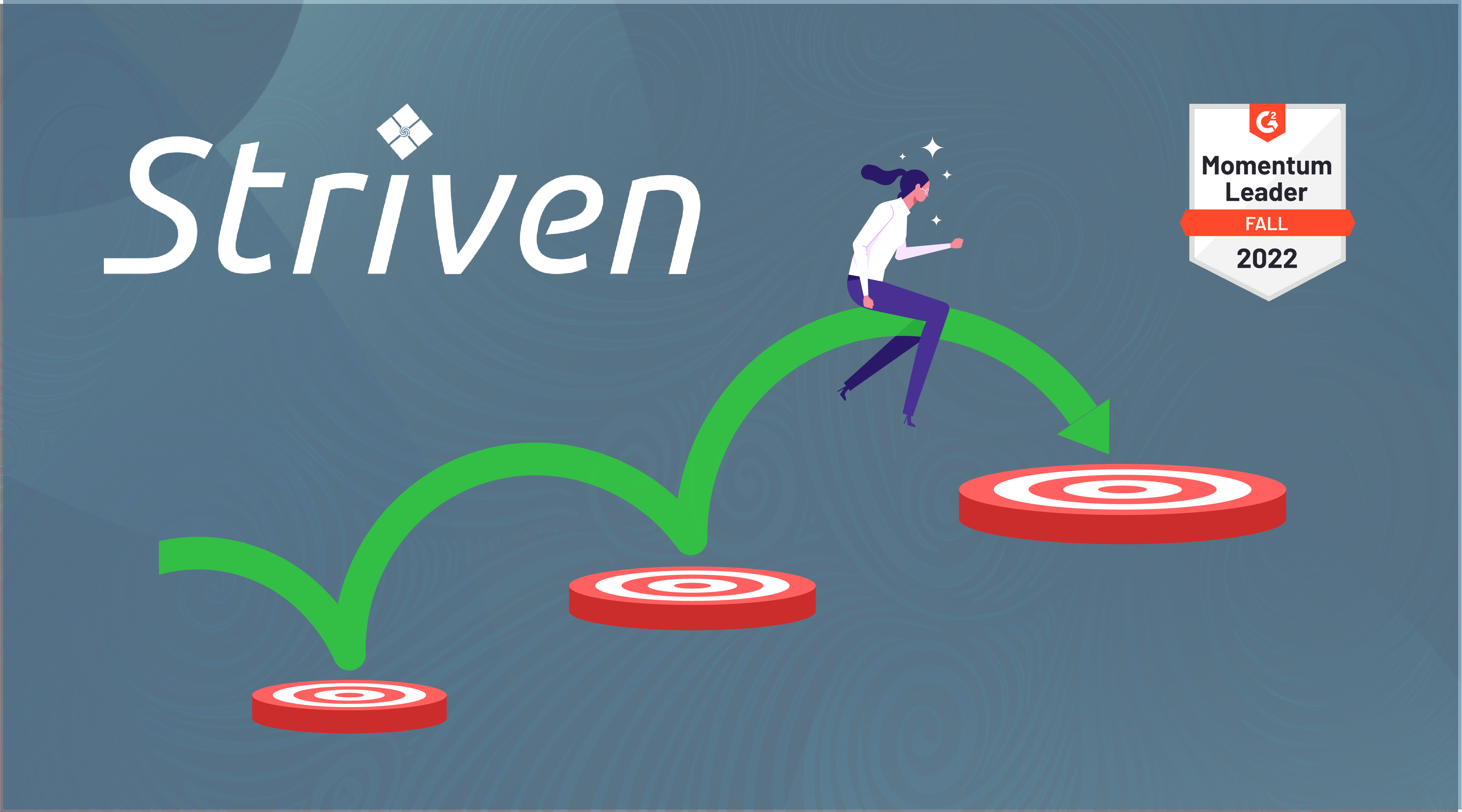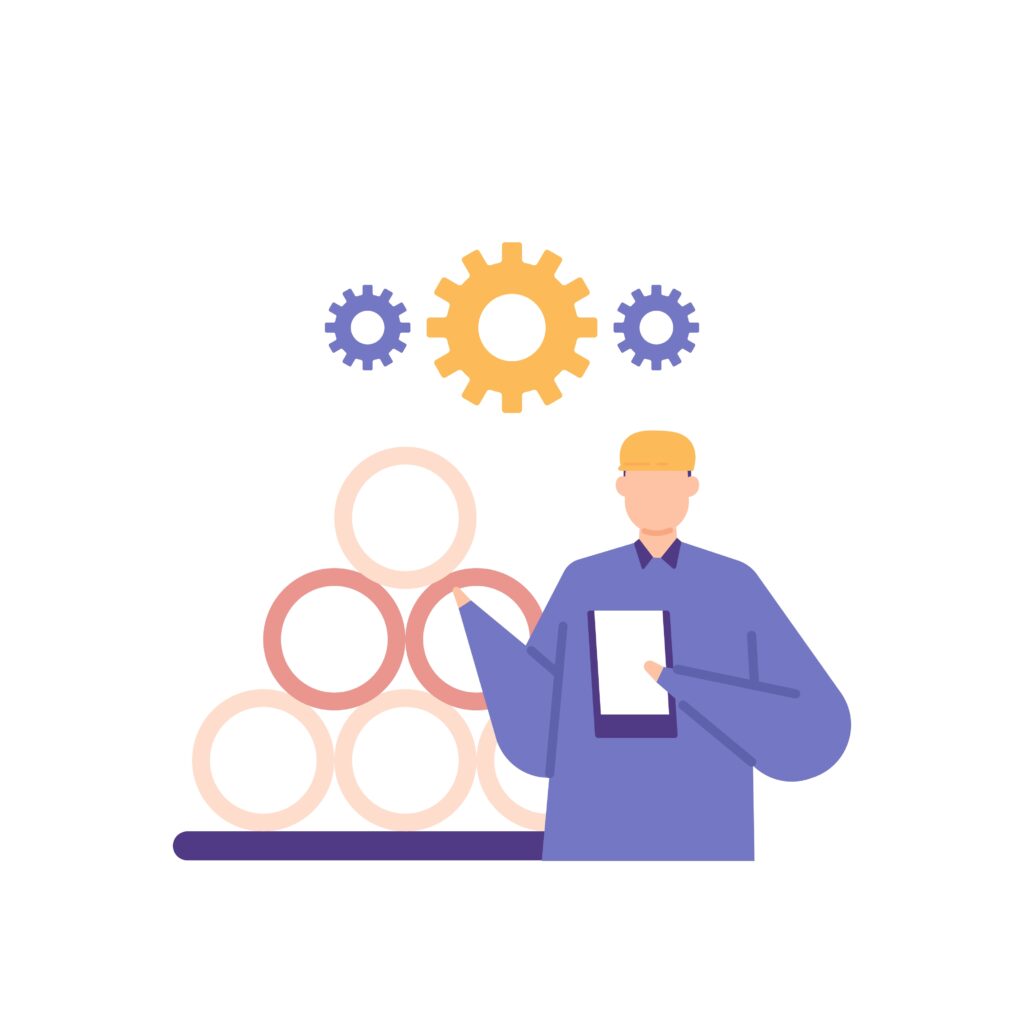Operating a small HVAC business can be both an enjoyable and demanding experience. To make running your organization more efficient, you might consider investing in an all-in-one HVAC software to make it easier to manage your day-to-day operations, whether your organization is still in the early stages of development or has been around for quite some time. The idea that HVAC service software—and for that matter, ERP software at large— is only structured for big enterprises with solid customer retention metrics, more personnel, and more equipment to handle is a common misconception.
However, as small businesses evolve to become more technically advanced, HVAC service software can be more beneficial—and realistic—for your small business than you might realize. Read more to learn four key ways HVAC service software can enhance your company’s performance:
Improve Operational Efficiency
Every business owner aspires to establish dependable, sustainable, and cost-effective methods of executing tasks throughout their company. You can expect that your business will be able to effortlessly generate reports that are user-friendly and full of adequate data to minimize any additional setbacks that may arise later with the best possible HVAC management software.
Using HVAC service software reduces error and waste by optimizing preventative maintenance, assigning tasks more efficiently throughout the day, and keeping track of the tools and equipment needed to get the job done.
Enhanced Information Access
Scheduling, data entry, inventory management, policy monitoring, and many other crucial aspects of running and operating a business have been traditionally managed through spreadsheets before HVAC service software became a prominent component of HVAC business operations. Though this may still be the case with smaller HVAC businesses, they are unfortunately missing out on a more reliable way to access vital information within the company and within a reasonable means of doing so.
HVAC service software offers a trusted platform capable of storing all data necessary to maintain your business and its needs, and it’s available for employees and technicians on the go. Instead of thumbing through multiple files and spreadsheets, you and your employees will find it easy to locate the correct information, thus making it easier to accomplish tasks.
Additionally, most HVAC service software includes customer and vendor portals where they can ask questions and get answers about your business and your services, enter billing information, see receipts, and give job updates while onsite.
Carefully Monitor Your Company’s Success
If you want your business to flourish, you need clear insight concerning its internal dynamics. It’s vital to keep an eye out for shifts if you want your business to achieve its objectives. Having HVAC service software removes the complexity of every facet of managing your business. This could be as straightforward as determining when to place an order for parts and supplies when the demand arises, or it could mean something more intricate, like analyzing the overall performance of your company’s installations to see where improvement is needed.
Guaranteed Customer Satisfaction
With HVAC service software, your company can become better coordinated, allowing you to pay more attention to your client’s demands and the roles and responsibilities at hand. It’s a worthy investment that your company and brand will blossom and continue to expand if you invest considerable time and energy into retaining your customers. Among these are the simplification of proposals and the flexibility of schedules. Ensure your company doesn’t fall behind the competition by investing in HVAC service software.










